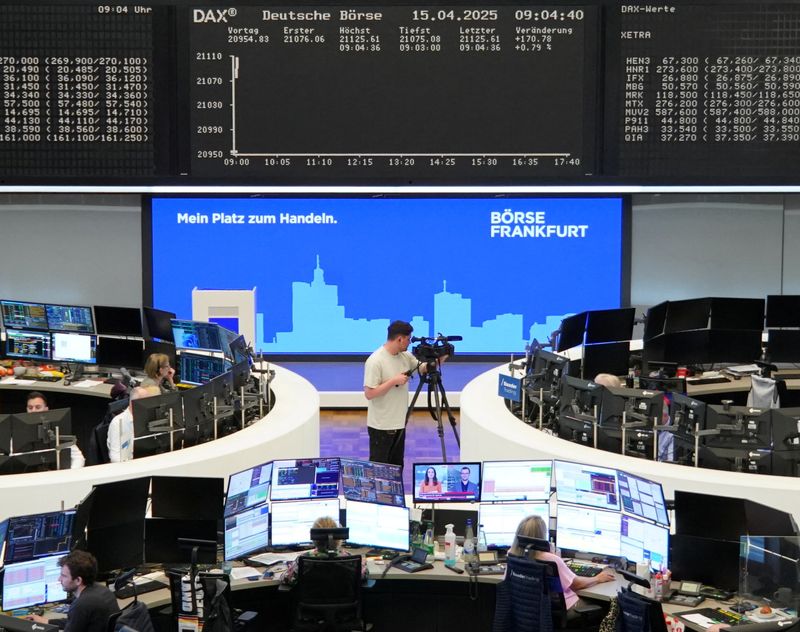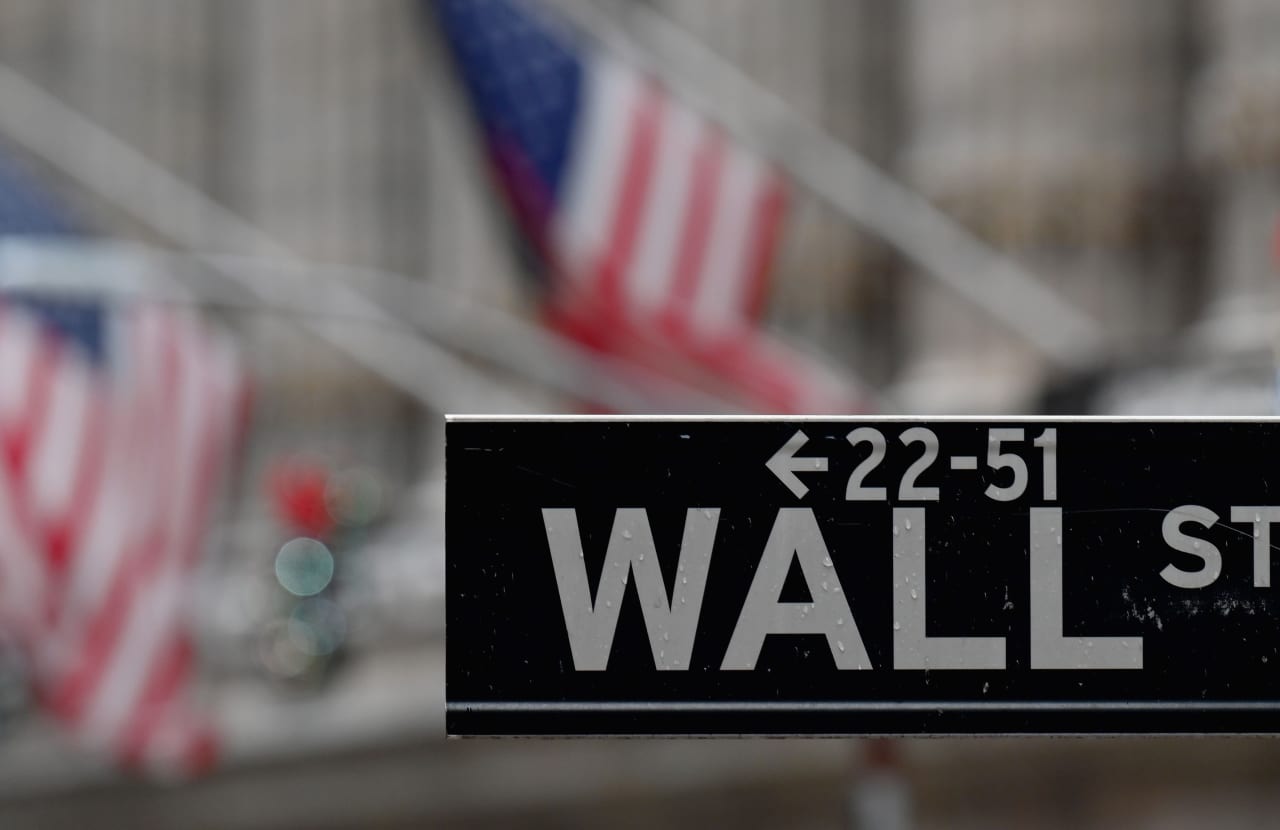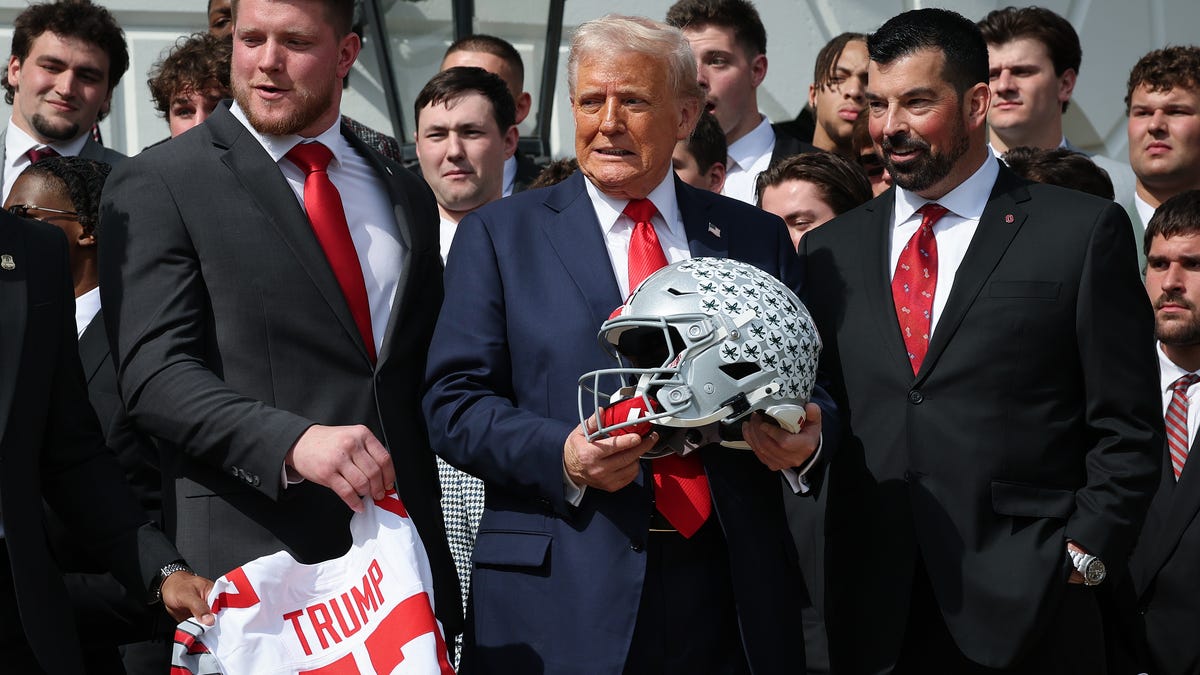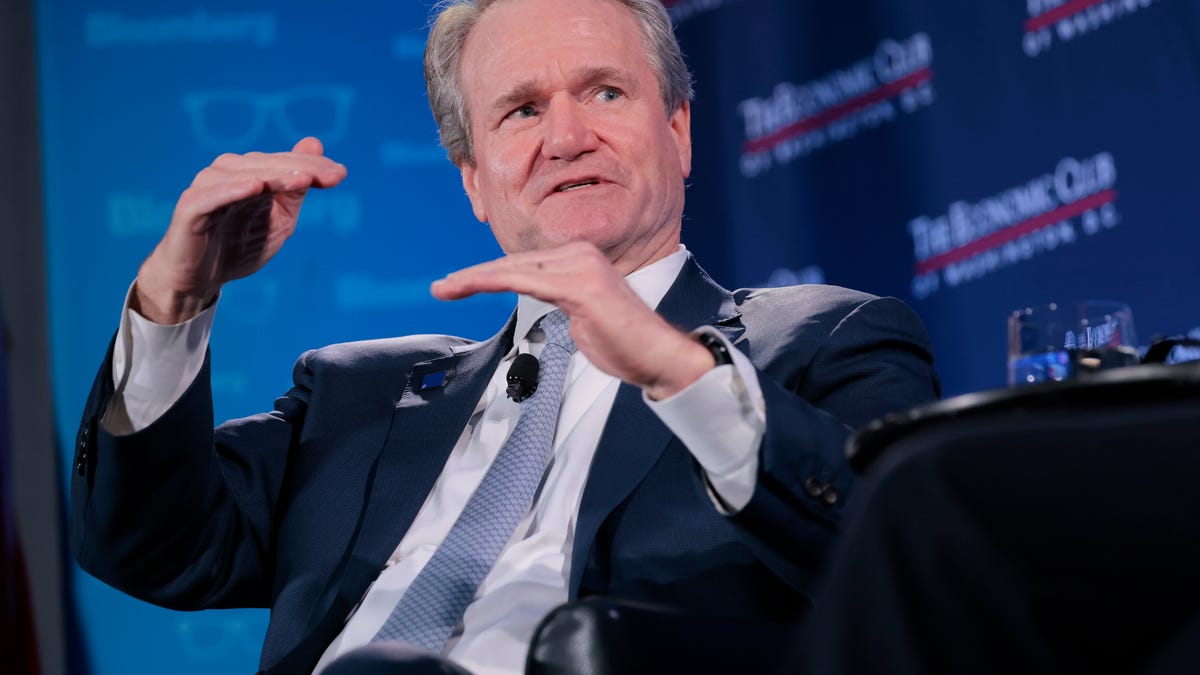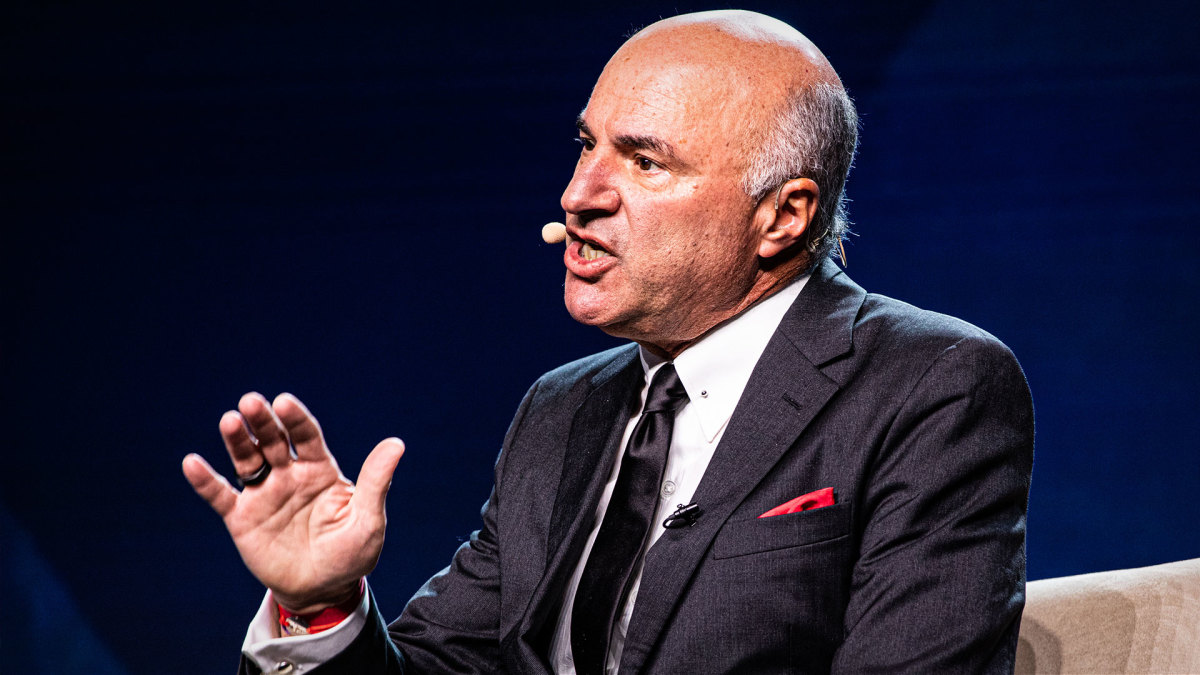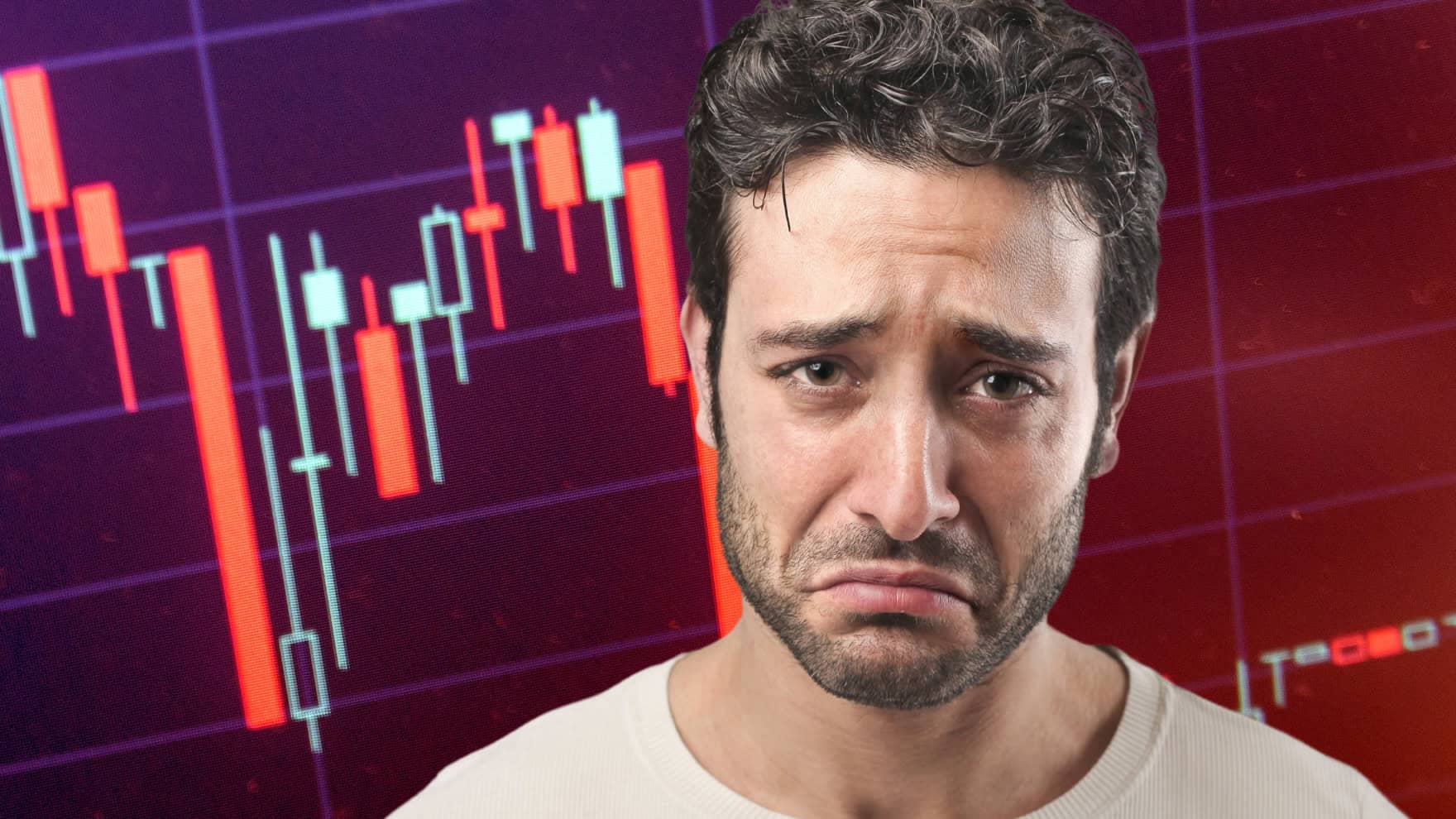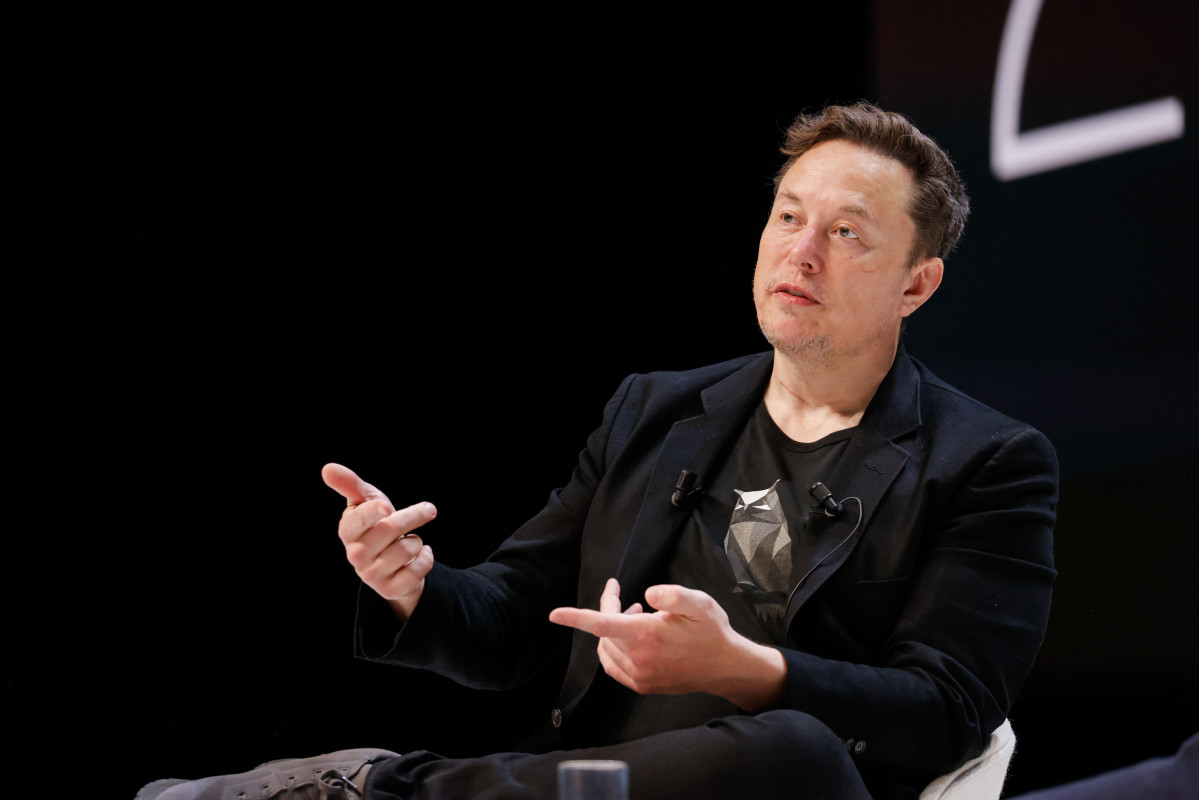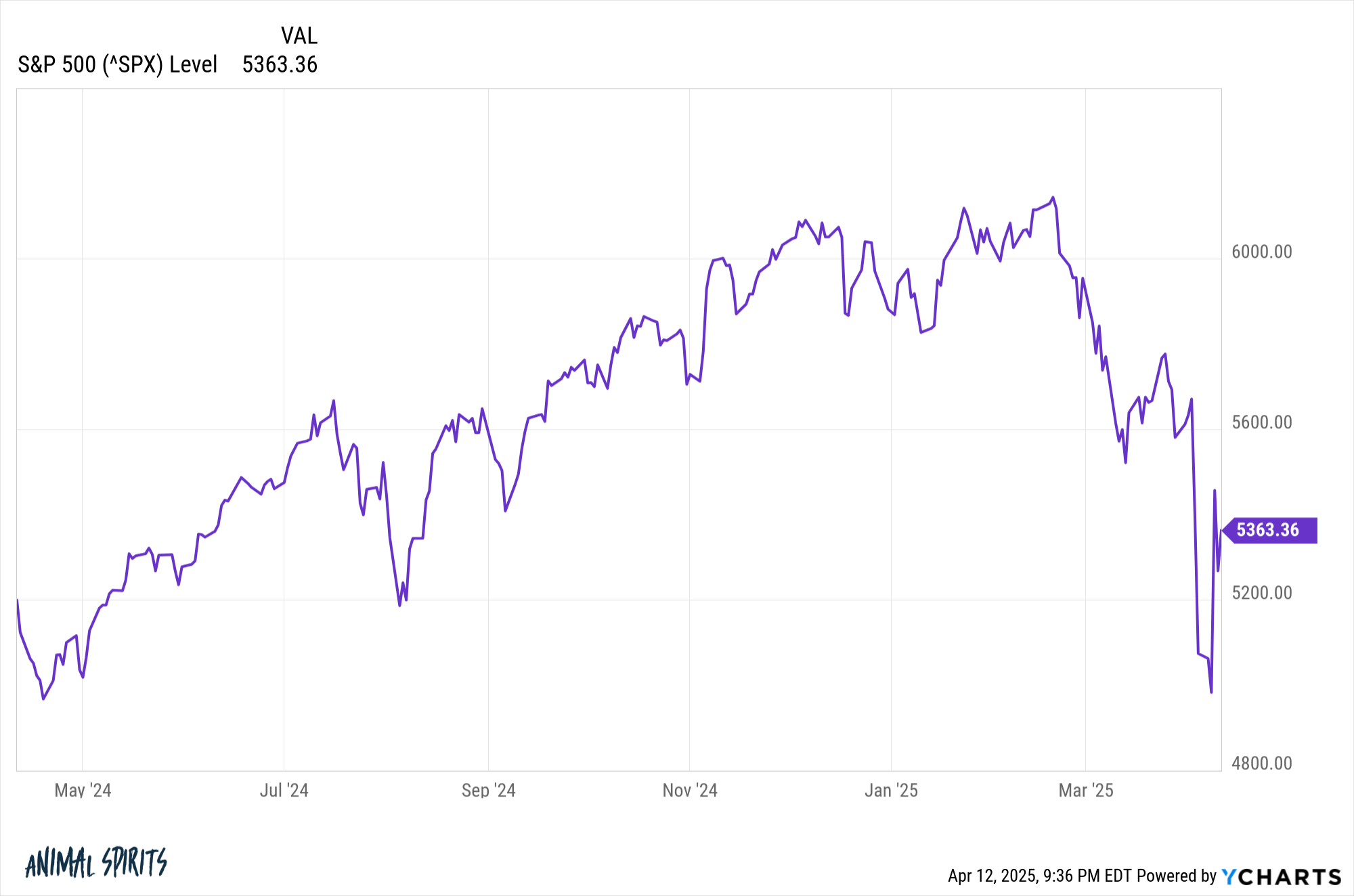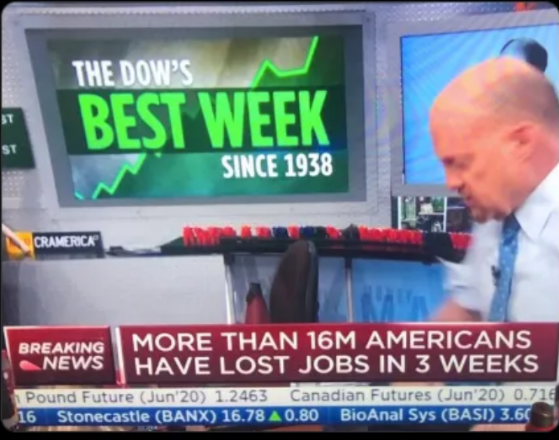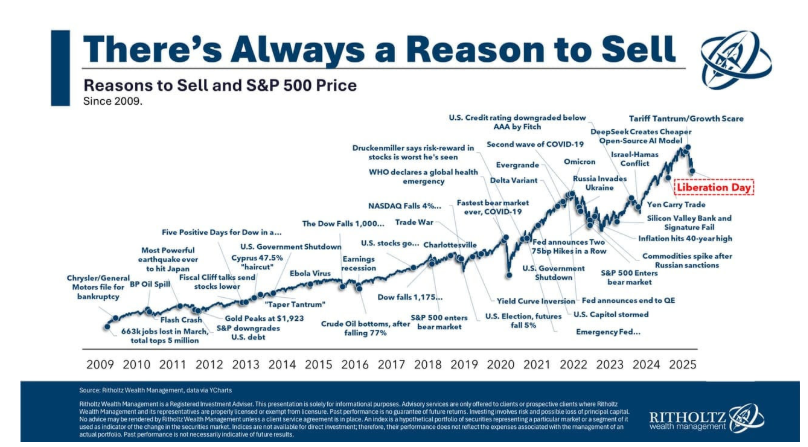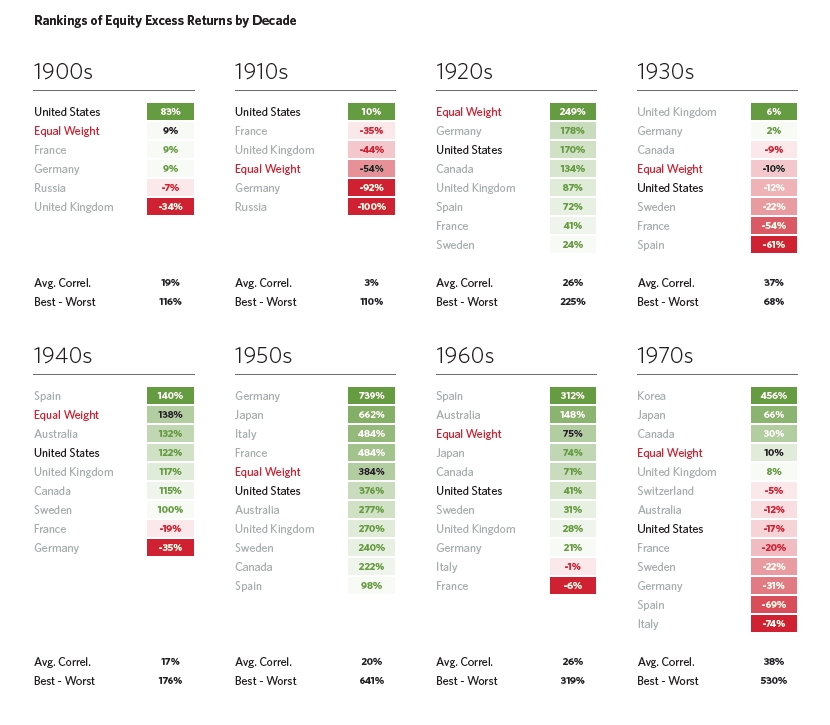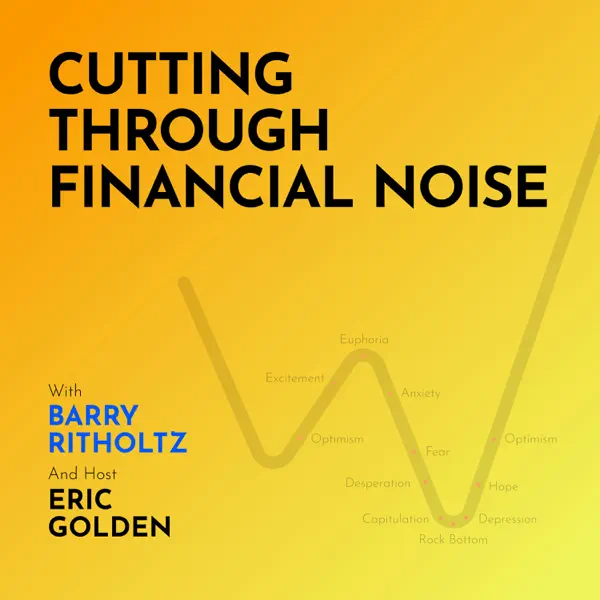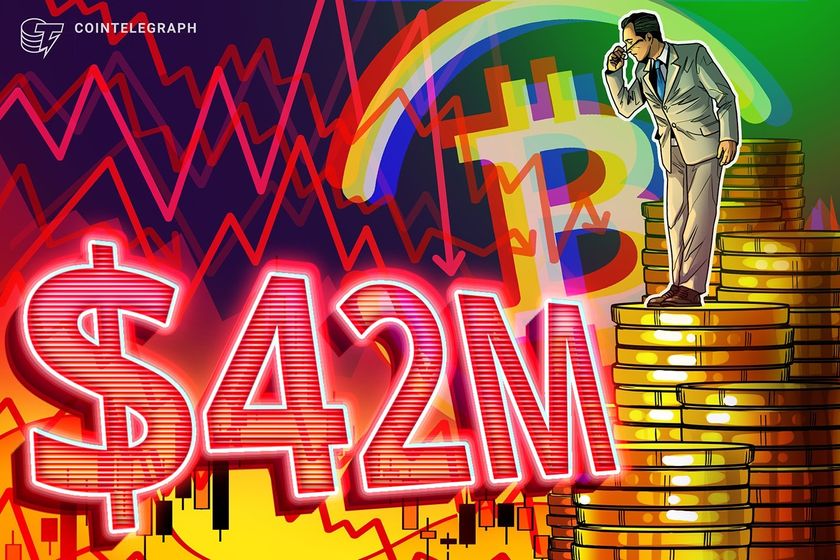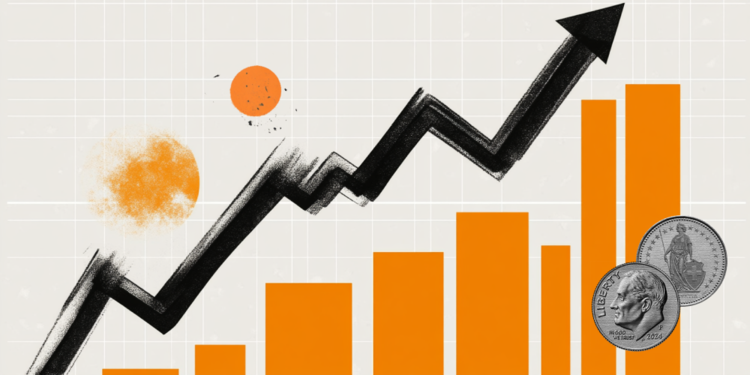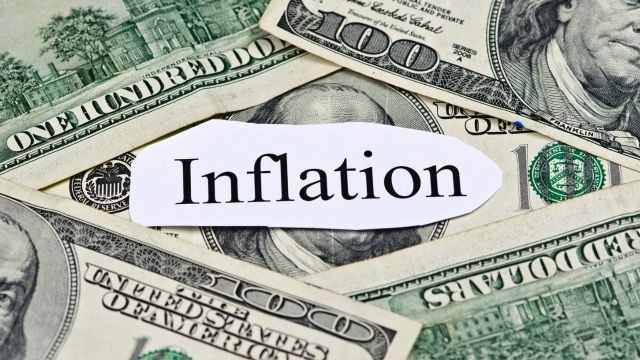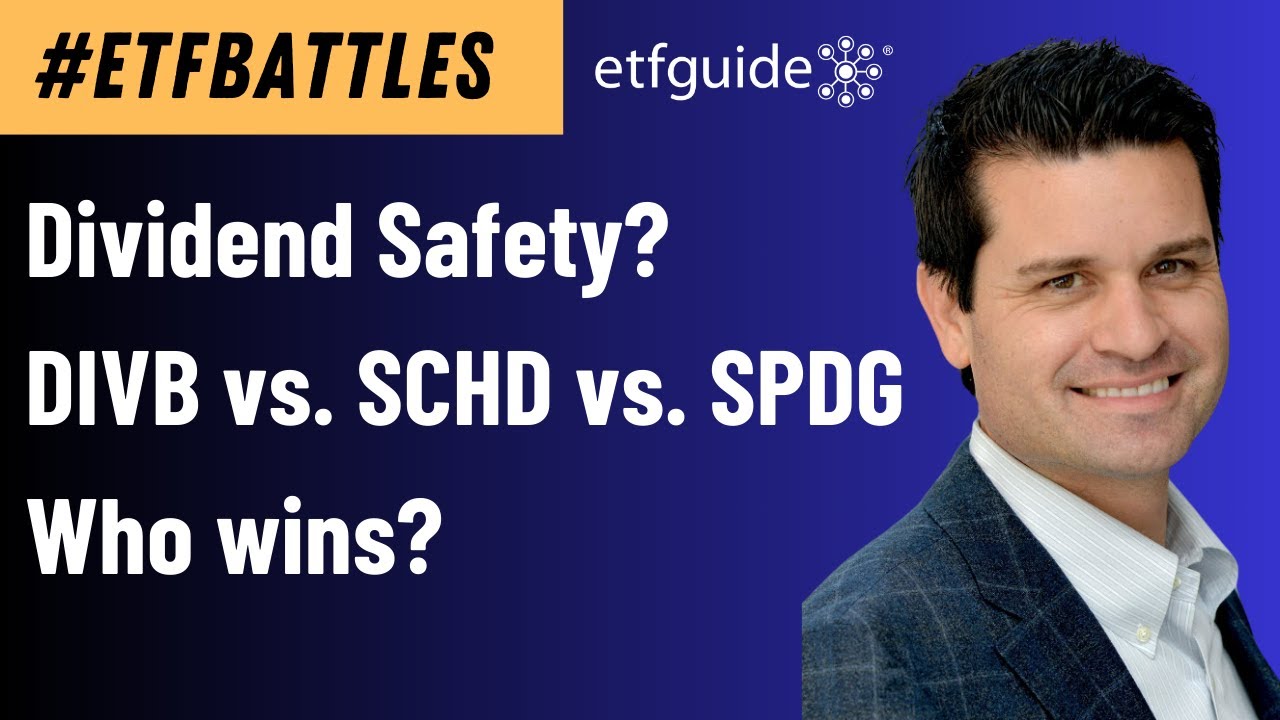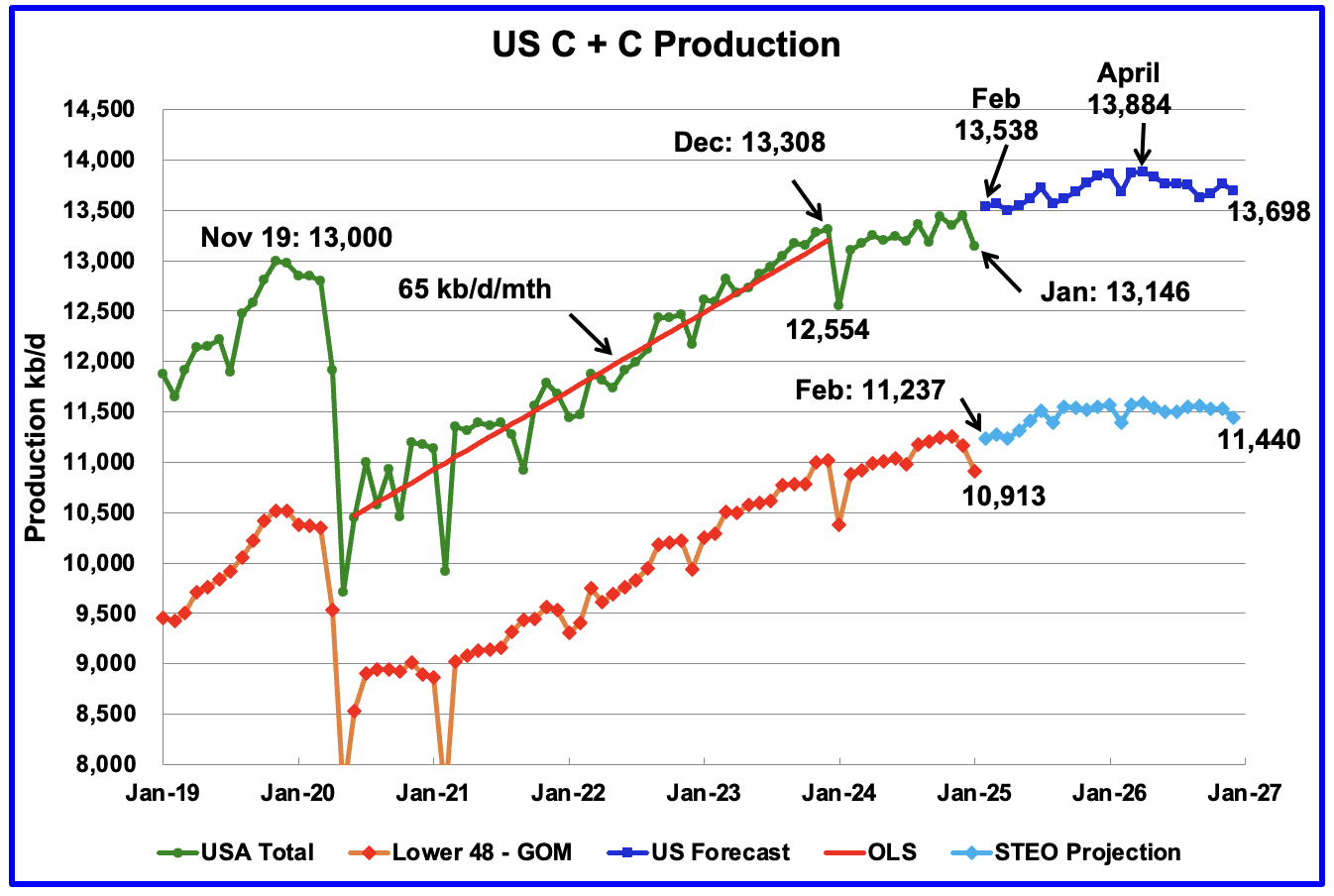‘So wrong’ stock forecasters struggle to see through trade chaos
The S&P 500 put up a strong performance last week, but is still down roughly 9% for the year.

Wall Street’s leading prognosticators have been humbled this year, with so many proven wrong about the damage President Donald Trump’s combative trade policies would do to the stock market.
But despite all the convulsions and uncertainty, most equities strategists still expect the S&P 500 Index to rally through the remainder of 2025. It’s a level of optimism that flies in the face of history, even without the disruptions caused by Trump’s global tariff fight.
“This is delusional,” said Peter Berezin, chief global strategist at BCA Research and one of only two stock market strategists among the over two dozen tracked by Bloomberg who see the S&P 500 ending the year lower than it is now. “Any rebound will be short-lived and turn out to be a head-fake.”
The S&P 500 put up a strong performance last week, but is still down roughly 9% for the year as Trump has placed substantial tariffs on goods imported from China, Canada, Mexico, the EU and numerous other US trade partners. The benchmark closed trading on Tuesday having lost 15% in 2025, before reversing course on Thursday when Trump announced a 90-day delay on many of his tariffs.
“We were so wrong,” Bank of American strategist Savita Subramanian said in an interview. “Tariff modeling is a fool’s errand.”
Historically significant
The 15% drop is historically significant. Going back to 1957, the S&P 500 has fallen at least that much through early April 16 times, and on only three occasions has it recovered to end December in the green, according to data compiled by Ryan Detrick at Carson Group LLC. And in each of those instances — 2020, 2009 and 1982 — the market was rescued by the Federal Reserve, which stepped in to support a faltering US economy.
Read More: S&P 500 Rarely Ends Year Positive After 15% Drops: Taking Stock
The trade chaos has stock market forecasters across Wall Street adjusting their predictions for where the S&P 500 will end 2025. Subramanian cut hers to 5,600 from 6,666, and colleagues at Oppenheimer & Co., Evercore ISI, Goldman Sachs Group Inc., Societe Generale SA and RBC Capital Markets have trimmed theirs as well. Ed Clissold at Ned Davis Research lowered his target to 5,550 from 6,600, reflecting a 50% chance of recession.
But the vast majority still expect equities to rise from here. Only Berezin at 4,450 and JPMorgan Chase & Co.’s Dubravko Lakos-Bujas at 5,200 see the index finishing 2025 below where it closed Friday, 5,364.36.
That said, there’s little unity among the predictions. From Berezin’s target to Wells Fargo & Co.’s Chris Harvey at 7,007, the gap is more than 2,500 points, or 57%, which is the widest on record for this point in the year, according to data compiled by Bloomberg going back to 2000. The average of 6,067.21 represents a roughly 13% leap from Friday’s close.
The biggest challenge for strategists trying to model where stocks are headed is Trump’s trade strategy seems to change by the day. For example, Wall Street pushed him to delay his broadest tariffs, but Trump and his administration repeatedly said they were going forward. So his announcement that he was pausing them just 13 hours after they took effect shocked the market, triggering Wednesday’s 9.5% surge in the S&P 500.
Or consider the twists and turns in the trade fight with China. On April 2, the Trump administration slapped 54% tariffs on Chinese imports. China responded by raising its levies on US goods, and Trump did the same, until US tariffs on China reached 145% and China’s on the US hit 125%. Then, late Friday, Trump decided to exempt smartphones, computers and other electronics — many of which are produced in China or with parts made there — from his duties. But on Sunday, Trump and his top aides said the reprieve was just a temporary procedural maneuver, and that those tech products would be hit with different, sector-specific tariffs.
Modeling mayhem
“Holy moly! We weren’t prepared for this,” said Scott Chronert, Citigroup Inc.’s US equity strategist and managing director at the firm. “People have been asking since last summer how to position on Trump’s tariff policy, but are you kidding me? I don’t know how to do that modeling.”
Chronert had been predicting the S&P would end the year at 6,500, but cut that to 5,800 on Friday.
Read More: Tariff Chaos Creates ‘Information Vacuum’ in Stock Market
Evercore ISI’s Julian Emanuel, one of Wall Street’s biggest bulls over the past year, was forced to lower his S&P 500 2025 target to 5,600 from 6,800. While that’s a steep cut, it still suggests an almost 4.4% rise by year-end.
“We just never ever thought Trump would be this extreme with tariffs,” Emanuel said in an interview. “He’s delivering policy with a sledge hammer instead of applying a visible off ramp for any negotiations.”
In London, Manish Kabra, head of Societe Generale’s US equity strategy, lowered his 2025 estimate to 6,400 from 6,750. He’s worried about a “crisis of confidence,” but won’t throw in the towel just yet.
“We have to hope all of these tariffs are just negotiation tools,” he said by phone.
Fears of a slowing economy are at the heart of the uncertainty. Just six weeks ago, economists were expecting the US to post 2.3% growth in gross domestic product, but they’ve cut that 1.8% as Trump’s tariffs take hold. Which makes the generally bullish stance of most stock market strategists harder to justify.
“We could be wrong,” said Oppenheimer & Co.’s John Stoltzfus, who slashed his year-end target on the S&P 500 from a Wall Street high of 7,100 to 5,950. “It would be embarrassing to take your target dramatically down when you’ve been the highest on the Street, but then what if Trump suddenly comes up with a trade resolution and stocks rebound? But I can’t be bothered with all the egos on Wall Street.”
Earnings hopes
Bulls are clinging to hopes for a crucial stretch when Corporate America reports its earnings and updates its growth outlook. Stock market optimist Tom Lee of Fundstrat, for example, refuses to take a knife to his profit outlook because he holds out hope for a deescalation of the trade fights.
Wall Street’s consensus estimate is for profits in S&P 500 companies to climb 8.7% in 2025. At the start of the year, the figure was nearly 13%. But even the new reduced projection is likely to be trimmed, considering it’s higher than the average annual earnings growth over the past decade, according to Bloomberg Intelligence data.
This story was originally featured on Fortune.com





